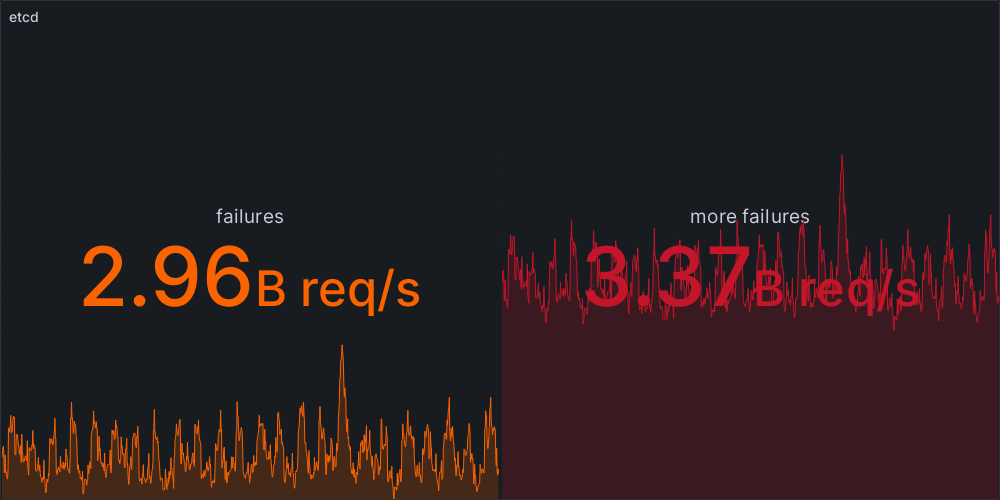ˈpætɚns Image source https://vecteezy.com/ Recap In the first article, we discussed the need for patterns as an architectural paradigm, in order to achieve re-usability across complex environments such as Hybrid Cloud scenarios. We identified the benefits of a pattern based approach. We talked about automation, Hybrid Cloud, and about organizational aspects We’ve learned that patterns […]










